How to Stop Your SUP
If you've ever tried paddle boarding your already have some idea how to stop your SUP, but some techniques are better than others. Instead of doing 'whatever works' next time you're out, read on to learn the most effective stopping strategies and techniques. As you progress, you'll be able to confidently build on a solid foundation of skills and technique which you can refine over time. You'll know exactly what to do and how to do it so you're stopping on a dime (or maybe sea dollar is more appropriate in this case) in no time.
More often than not when you get your first SUP you rush out to the water, hop on, and start paddling with all the focus on getting the board moving. There's absolutely nothing wrong with that. The excitement to get out on the water is completely understandable. However, there will come a time (there's usually several 🤔) when you need to stop your board.

There are a lot of ways to make your SUP stop, but some are better than others.
Over the years we've seen all types of stopping strategies, from a panicky slap of the paddle blade on the water to the jump-off-and-grab-onto-the-board option. There are countless ways to stop yourself on a stand up paddle board, but some are clearly better, safer, and more effective than others. Below you'll find two foundational stopping techniques that will help you effectively put on the breaks.
Reverse Stroke
The reverse stroke is one of the easiest ways to stop your stand up paddle board. You also get to determine the abruptness of the stop by the speed and force at which you make the reverse stroke. However, because the reverse stroke simply involves a long smooth reverse stroke on one side of your SUP, in addition to stopping you'll might find yourself turning slightly. Nevertheless, as long as you're aware that your board might turn as you perform this technique, you can actually use it to your advantage. Think about stopping alongside a boat or dock. Instead of coming nose on, the reverse stroke will stop and can turn so you are parallel to the boat or dock.

Stopping alongside some rocks for a break.
How to Perform the Reverse Stroke
So, you're up on your board paddling away and now you want to stop. First, if you're not already aware, check your surroundings. You don't want to catch anyone else on the water off guard who may be coming up behind you, out of your line of sight. Second, once you determine it's all clear, bend your knees. This helps you gain greater stability and increases the force you can put into your reverse stroke. Now, with your knees bent, rotate your torso sideways and reach your paddle blade back toward the tail of the board. Plant the blade in the water and push with your bottom hand as you pull back with the top hand (normal SUP grip just in reverse). This will instantly slow you down while turning you roughly 90 degrees eventually reaching a stop.
Step 1:
After checking your surroundings (no vessels coming up behind you? 🏄🚣🛳), slightly bend your knees, turn - rotating your torso sideways, and prepare to plant the paddle blade in the water toward the tail or back of the board.
A) Look around to check your surroundings.
B) Slightly bend your knees and turn your torso toward the back of your board.
C) Bring the paddle back to the tail of the board.

Step 2:
Now that you've positioned yourself to perform the stroke, plant the blade of the paddle in the water at the tail end of your board next to the rail or side wall of the board.
A) Place the blade of your SUP paddle into the water along the rail at the tail end of your board.

Step 3:
With the blade of your paddle in the water push with your bottom hand as you pull back with your top hand.
A) Pull back with the hand gripping the T-bar at the top of your paddle
B) Push with forward with your bottom hand gripping the shaft of your paddle
C) The fulcrum motion created by the push and pull of your hands on the paddle

*A wider grip than seen in this photo may help you increase the power of your stroke.
Step 4:
While pushing with your bottom hand and pulling back with your top hand, perform a large sweeping stroke out and away from your board.
A) Pulling your top hand back and pushing your bottom hand forward in one large sweeping motion provides you with enough torque to stop your board.

This takes a bit of practice to get the hang of, but after a couple tries you should already have a feel for the mechanics of the motion. It's actually the reverse of a proper SUP stroke. Instead of leaning forward toward the nose in the 'Reach' stage of your stroke, instead you reach backward toward the tail. Just as with your forward power stroke, as you spend more time on your SUP, you'll continue to improve. And, now that you know exactly what you should be doing you have the foundations to build on!
Back Paddling
Back paddling is a different technique that can also be used to help you stop your SUP. It's as simple as it sounds and can come in handy when you don't want your board to turn as you stop. However, instead of one powerful sweep like the reverse stroke you'll back paddle a couple times on each side to reach a straight stop.
To be clear back paddling is different from a reverse stroke. A reverse stroke is sometimes referred to as a reverse sweep because it's one long and smooth stroke sweeping out from the tail whereas a back paddle involves shorter strokes closer to your body and to your board.

Perform a few effective back paddles on each side of your board to slow yourself down or reverse.
How to Back Paddle
To come to a stop (or to reverse) by using the back paddling technique first make sure to check your surroundings. Then, bend your knees slightly. While maintaining the normal grip of the paddle, place the blade behind you right next to the rail of your board. Now perform a couple short back paddles that are up to half the length of a reverse stroke. Up to this point the basics of the movement are quite similar to the reverse stroke.
However, instead of making one large sweeping motion, follow up with a couple more short strokes on the opposite side to keep the nose of your board headed straight ahead. Or continue back paddling on the same side if you want to turn as you stop. The number of back paddles depends on the conditions, your board, load, and the effectiveness of your stroke. You'll naturally have a feel for how many back paddles you'll need on each side once you complete the first back paddle. The longer each stroke, the more your nose will move off the center line.

Back paddle to reverse yourself out of tricky situations.
Back paddling effectively is a useful technique to learn because it allows you to reverse your board when your turning radius limited. Reef, rocks, branches, or other hazards above or below the water as well as boats, paddlers, or other obstacles on the water could be in the way. With a bit of back paddling you can clear those obstacles and turn yourself around.
Final Reminder
These two stand up paddle board stopping techniques will help you put on the breaks while out on the water. However, always keep in mind the conditions of the water you're paddling. Waves, wind and currents will affect the stopping process and can prevent you from coming to a complete stop. Nevertheless, if you get a hang of the back paddle you can hold your position. Practice makes perfect, so get out there and give it a try and let us know how it goes!


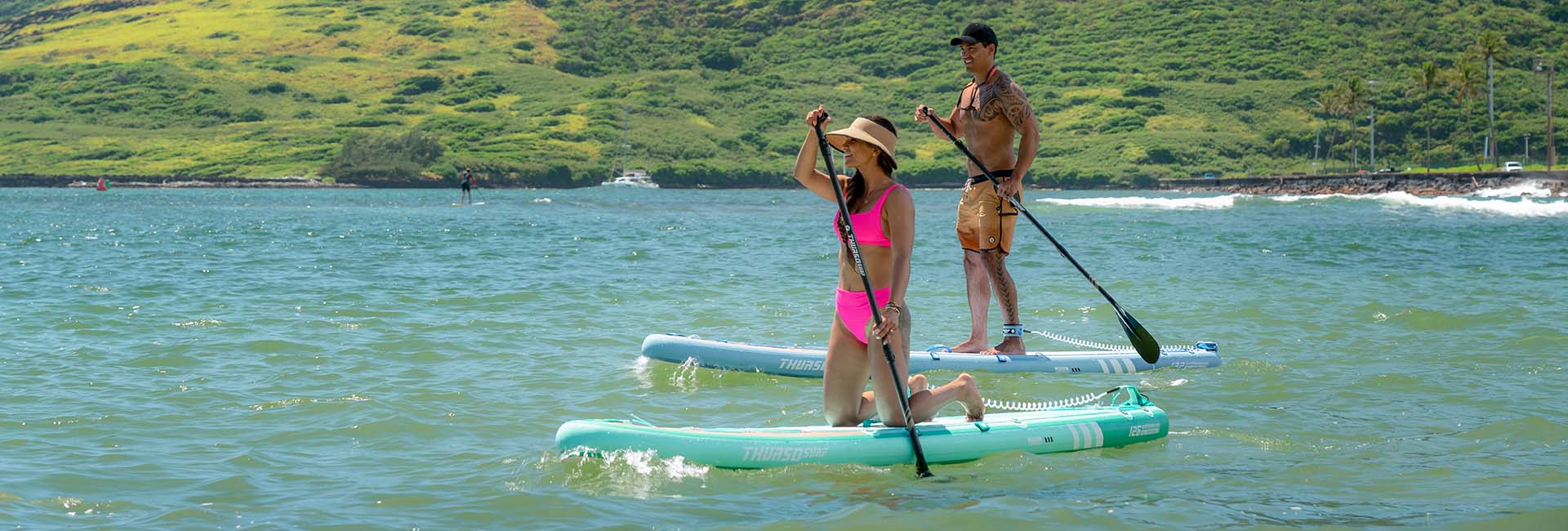
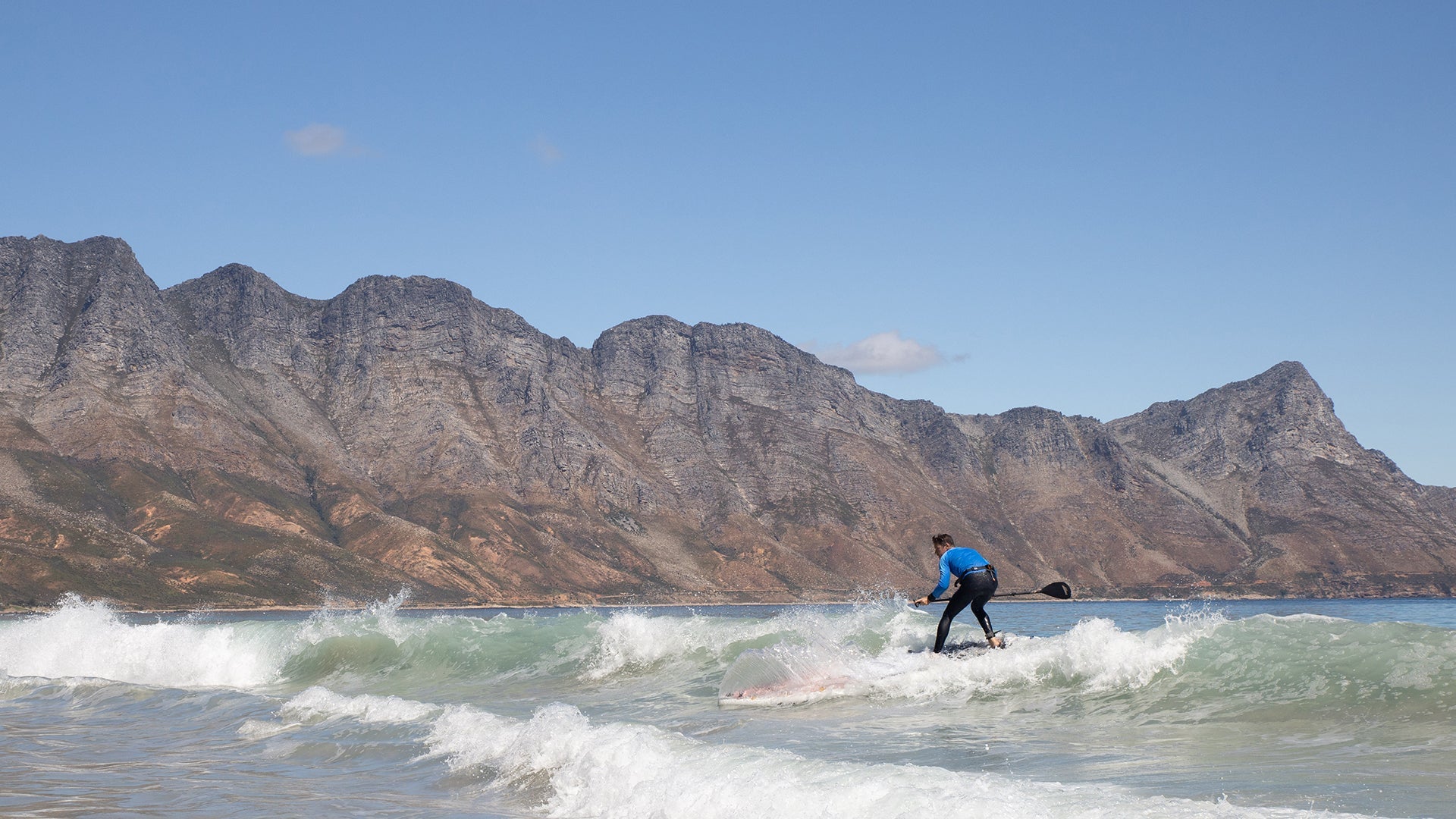
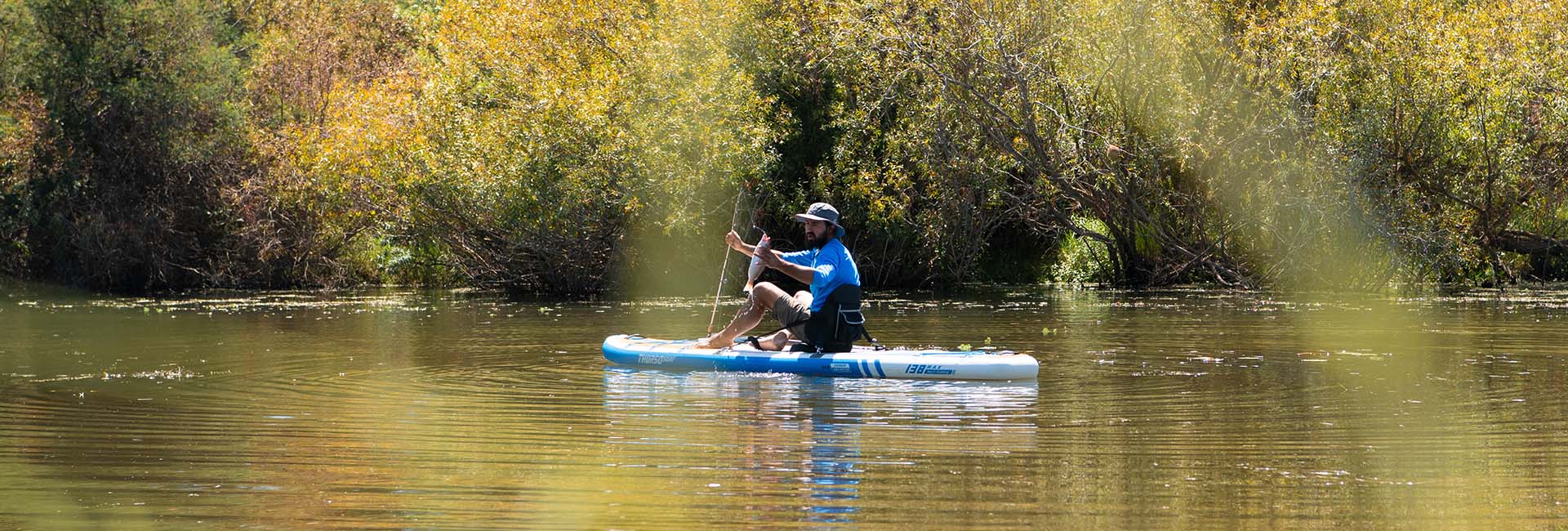
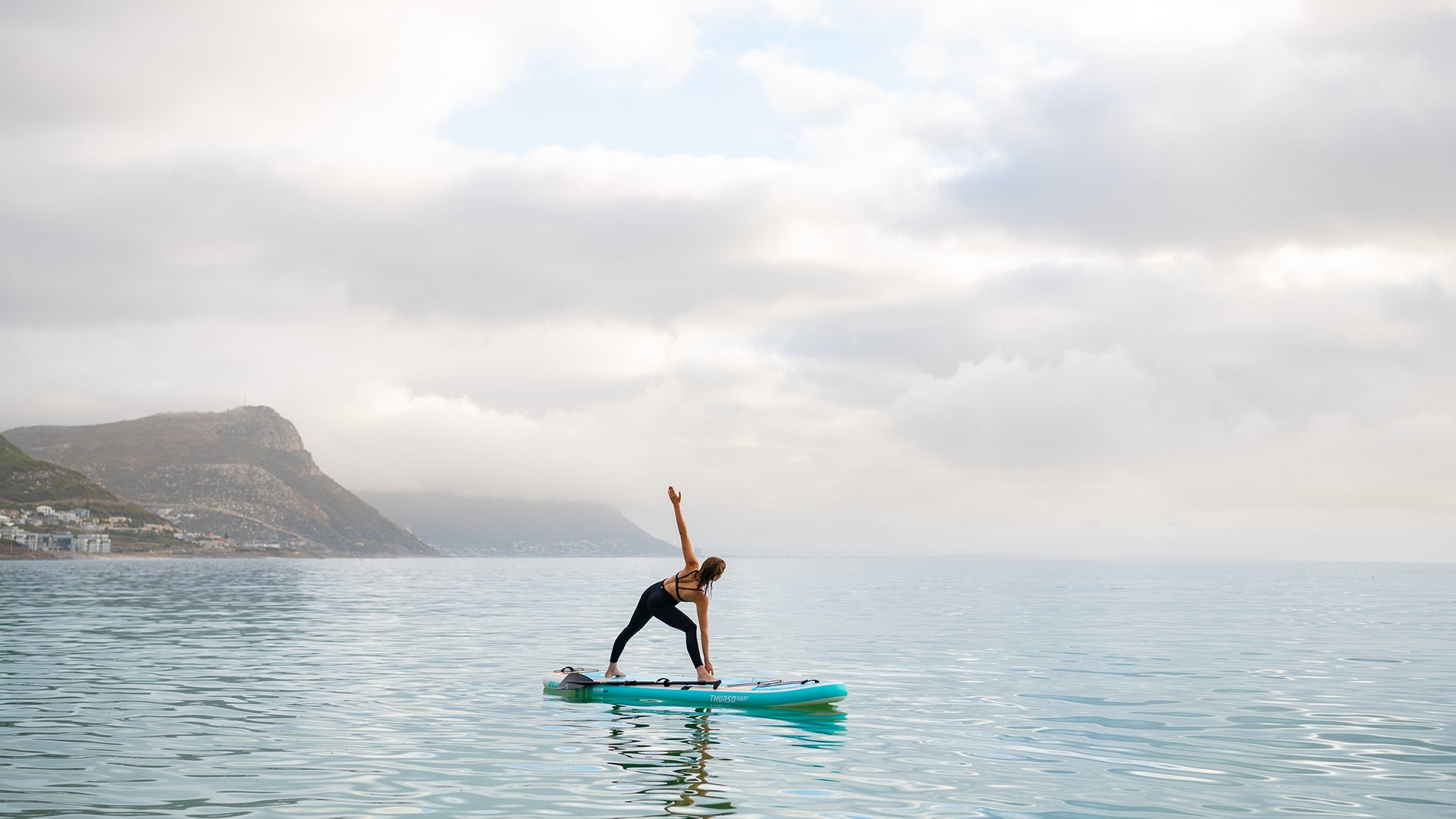
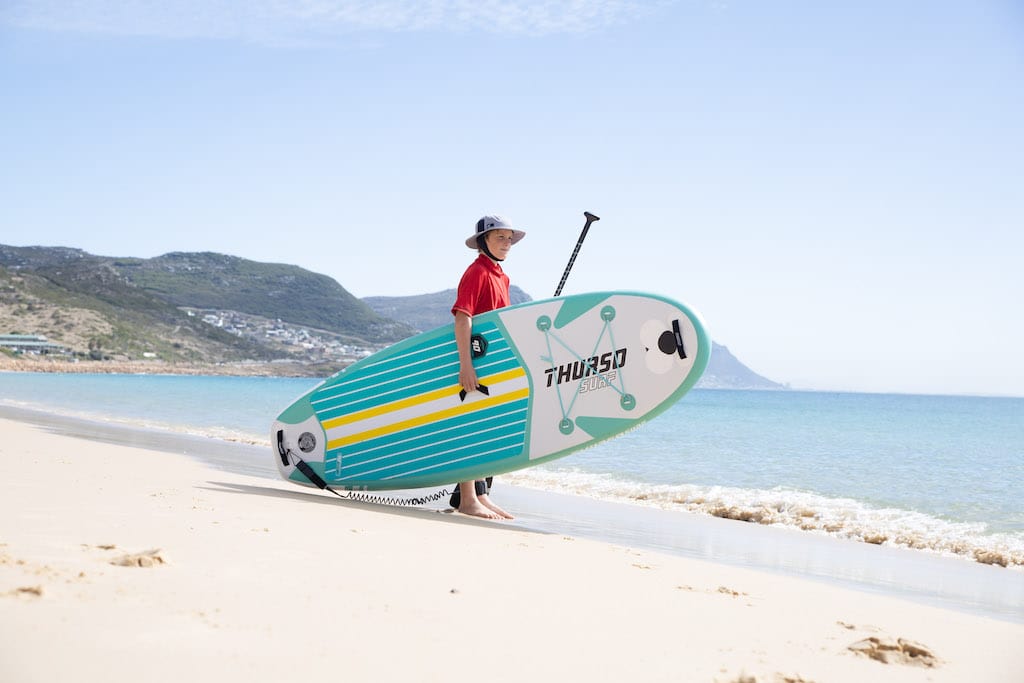
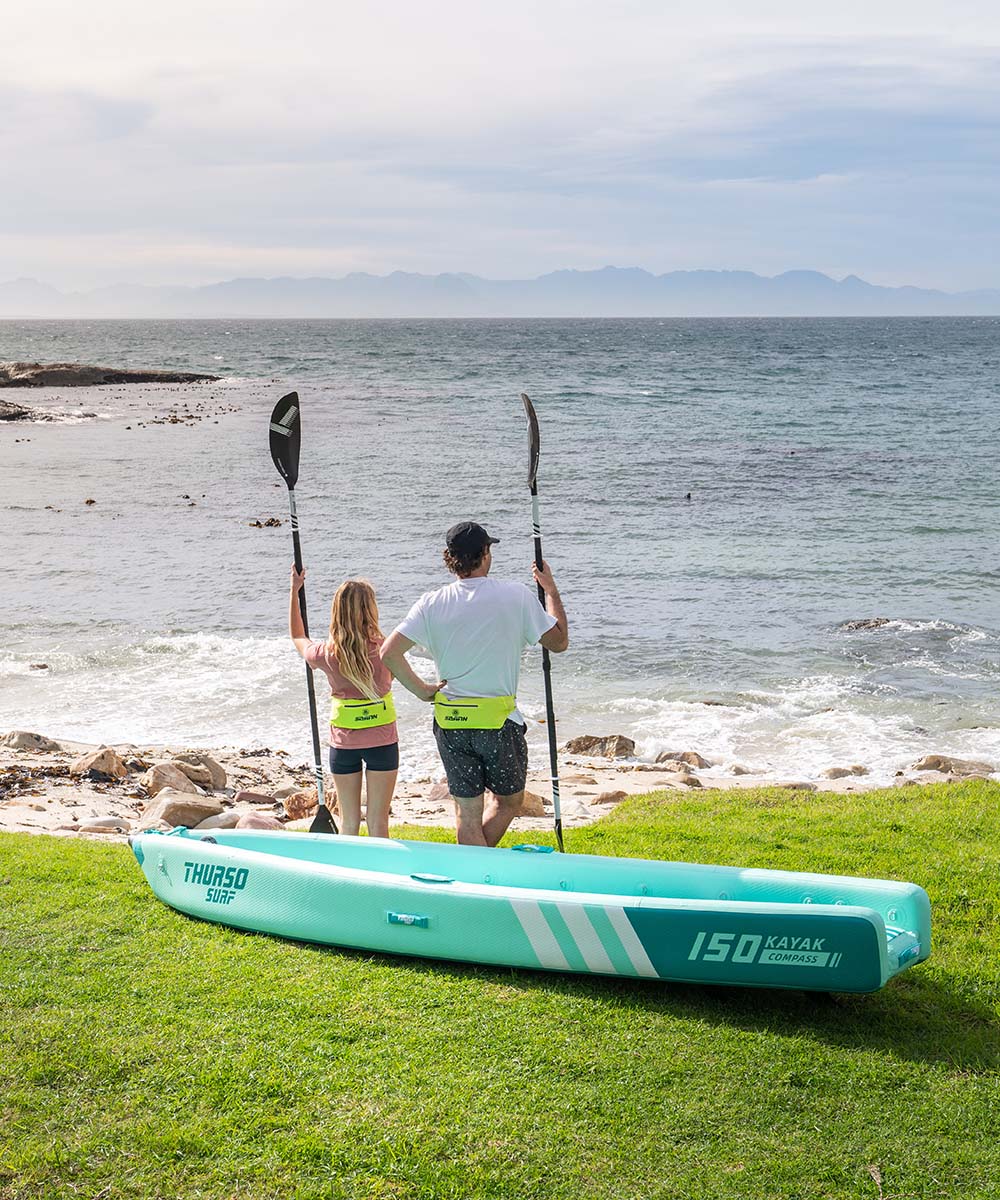
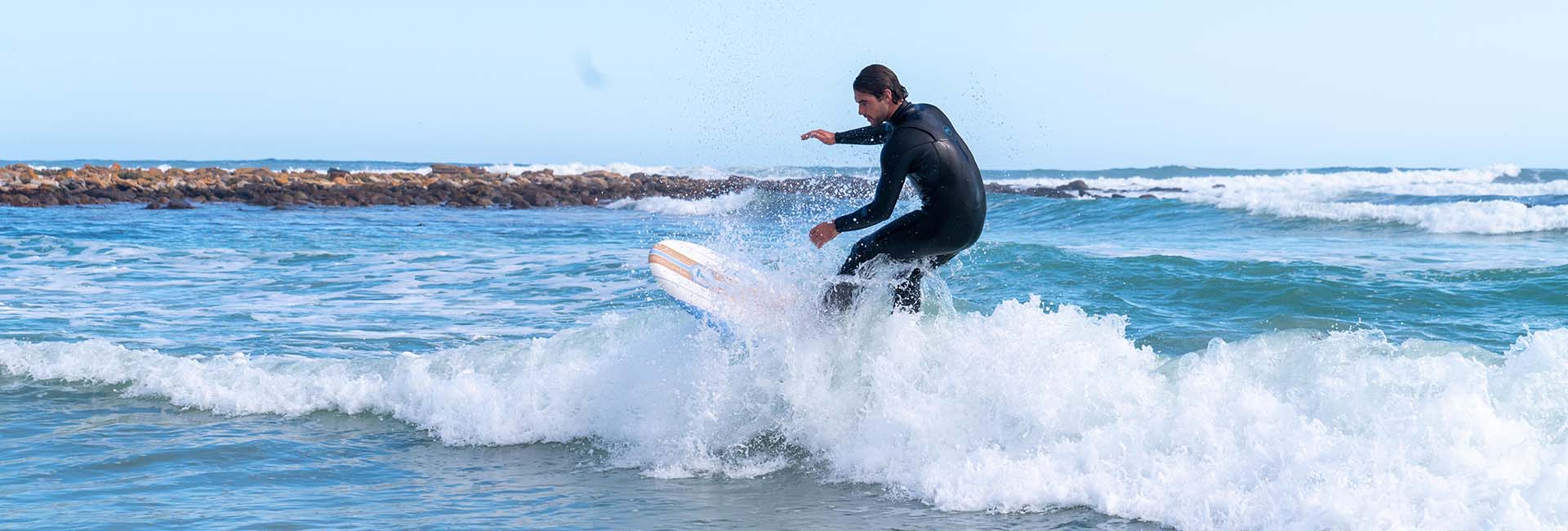
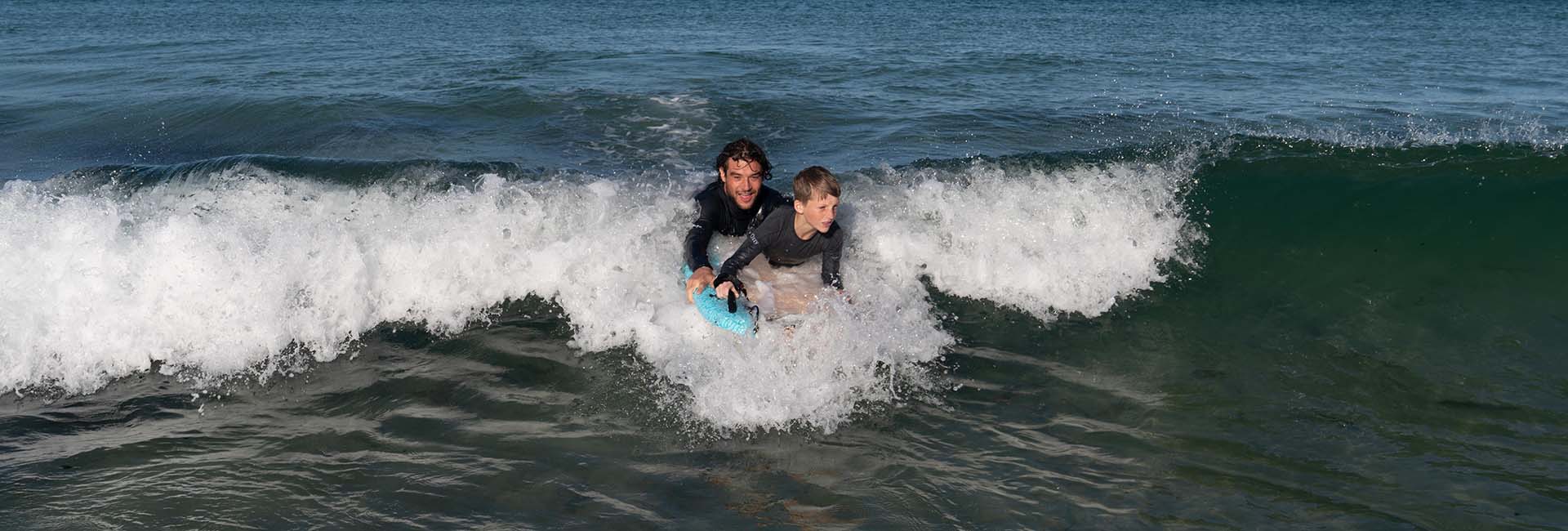
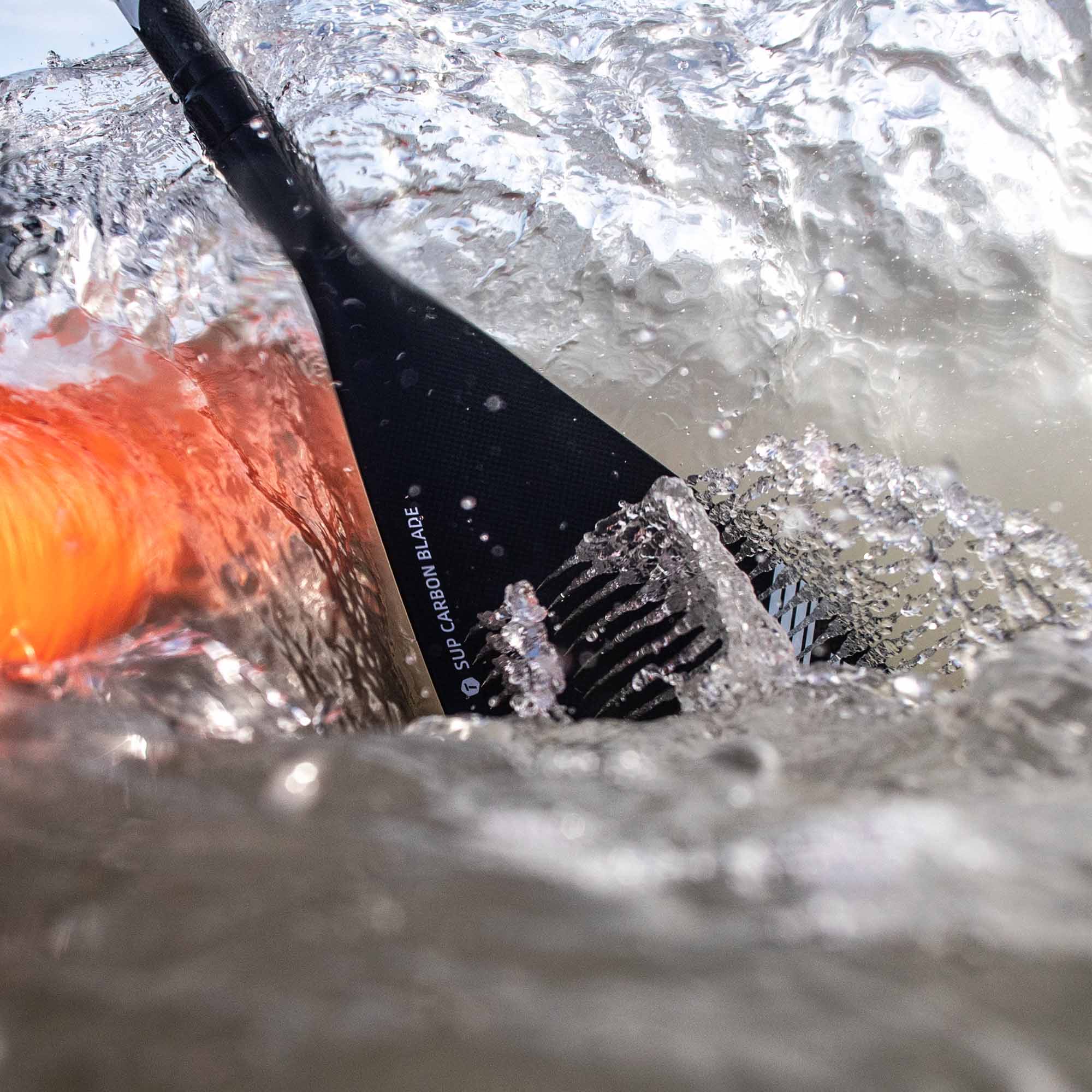
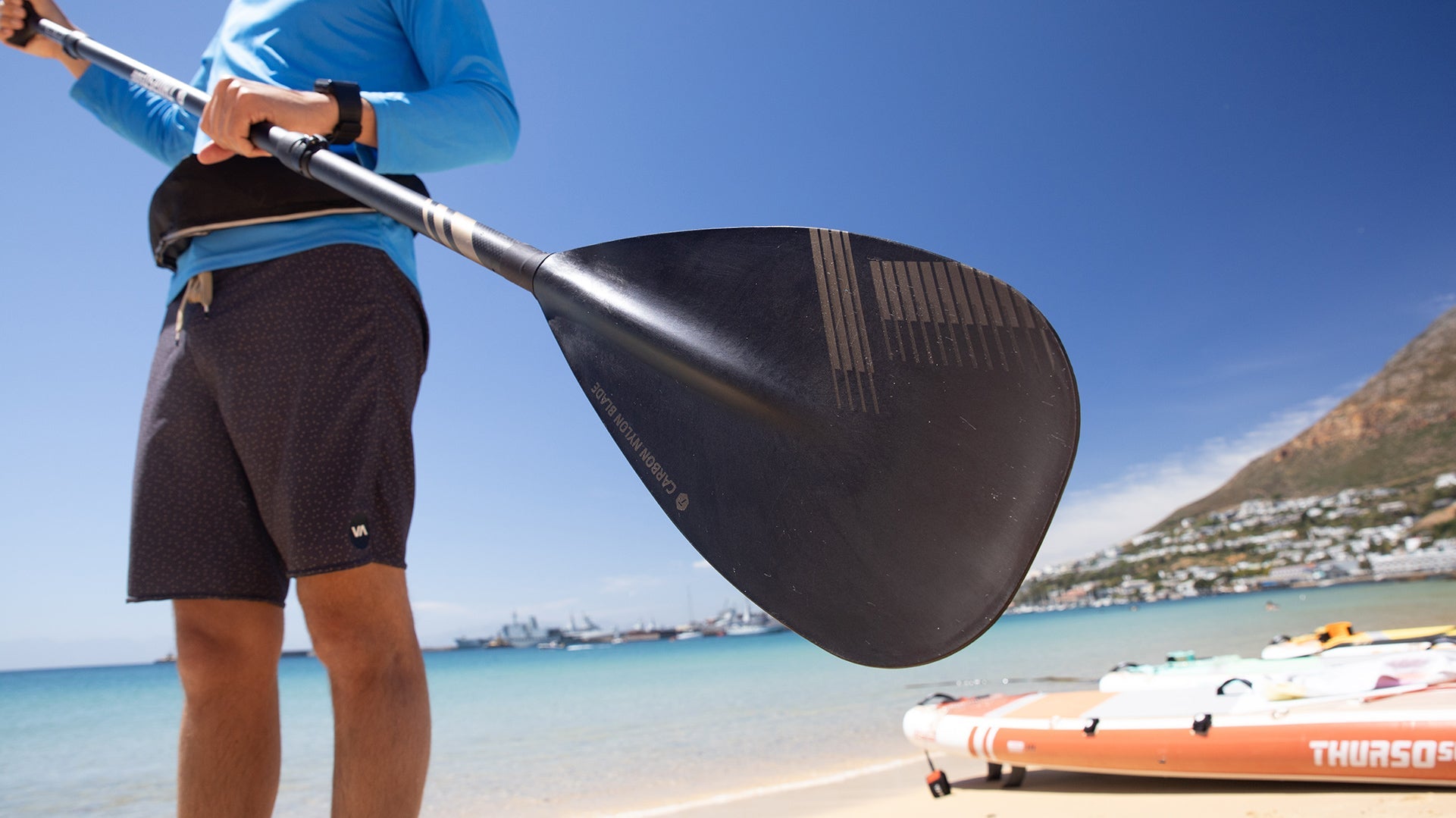
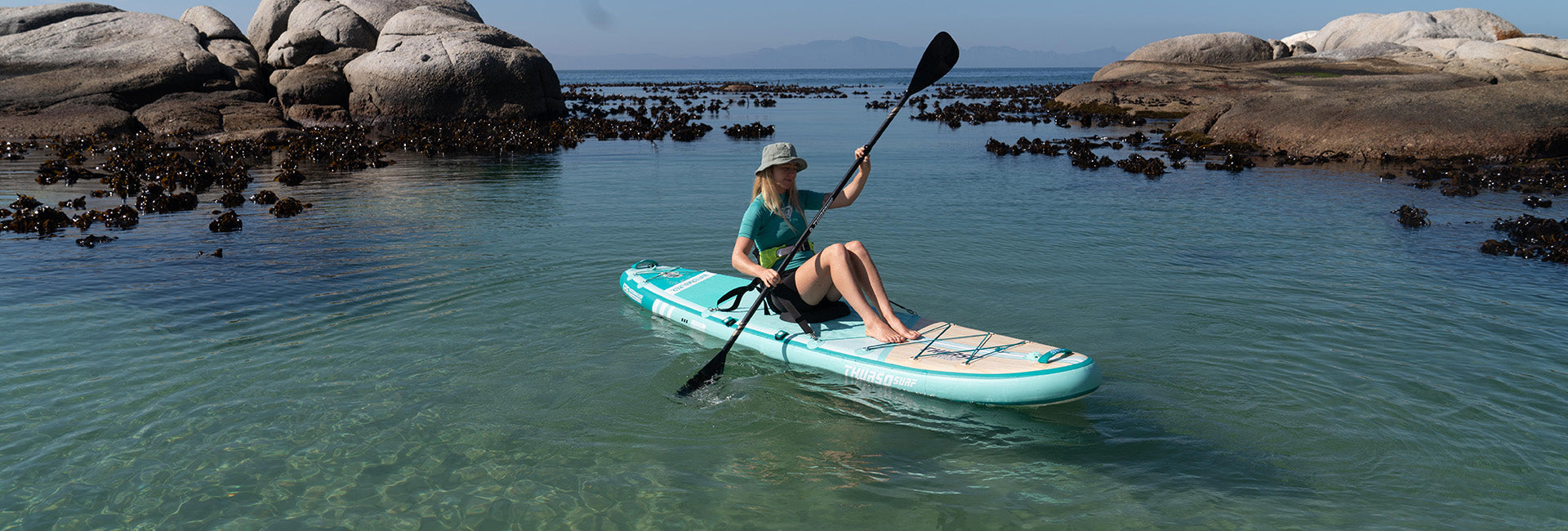

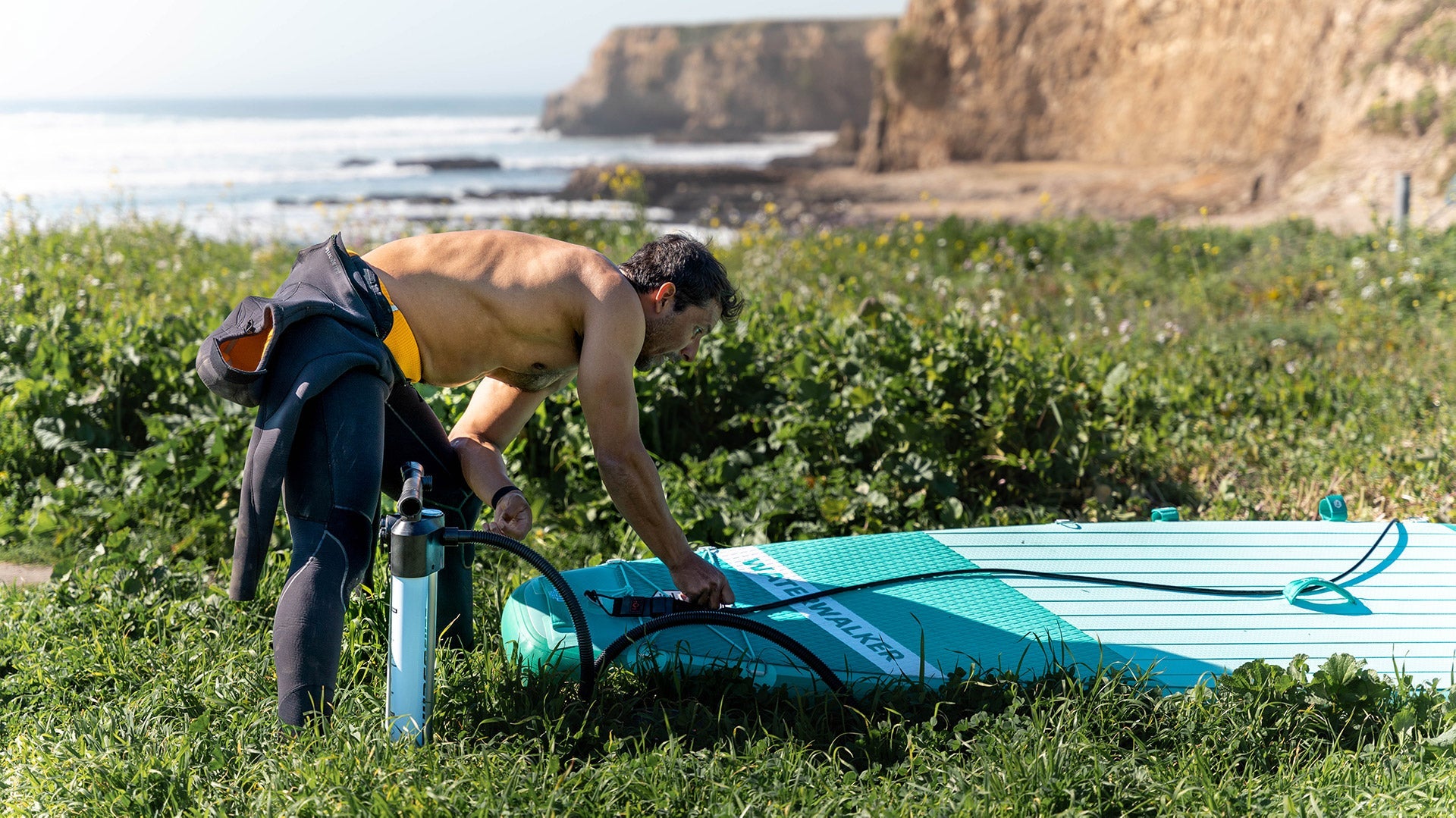
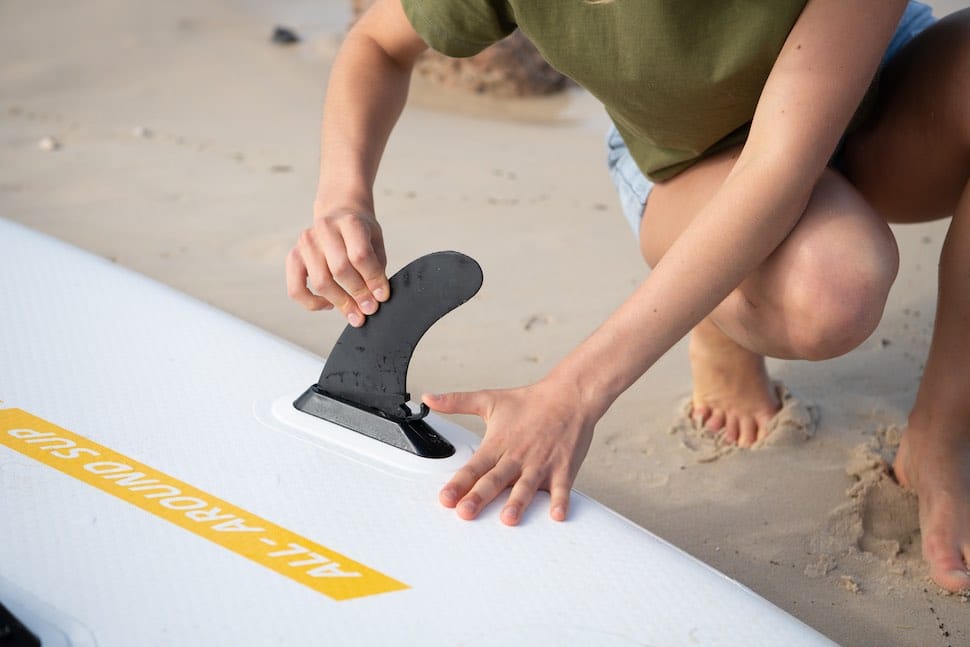
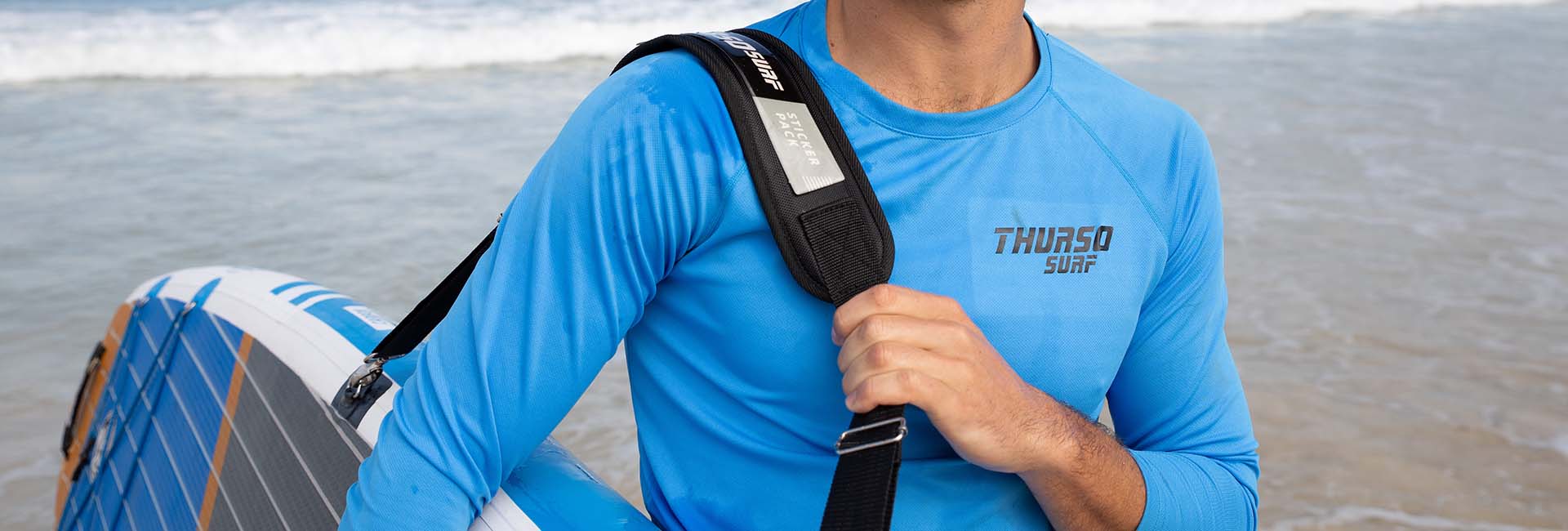



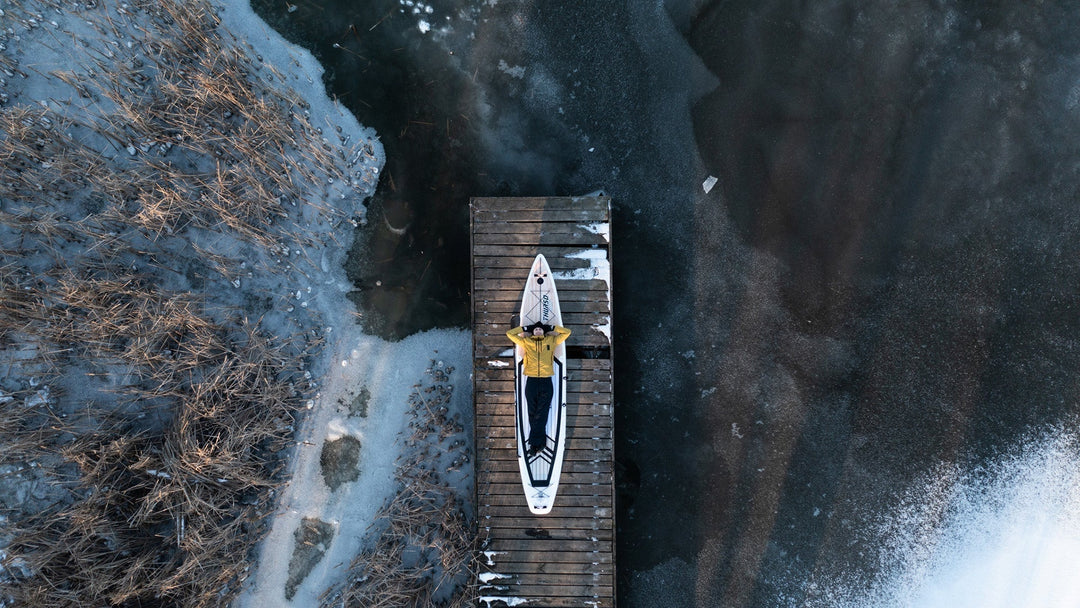
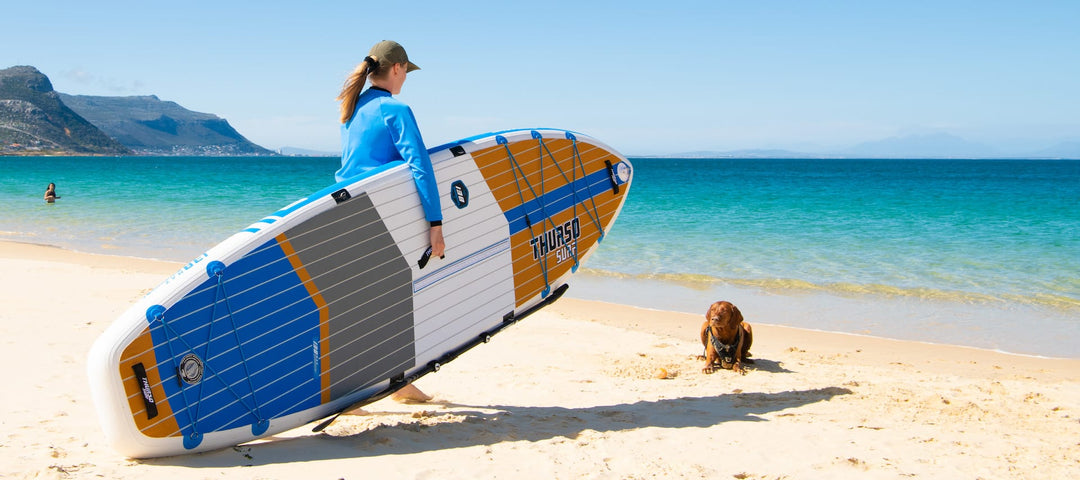
Leave a comment